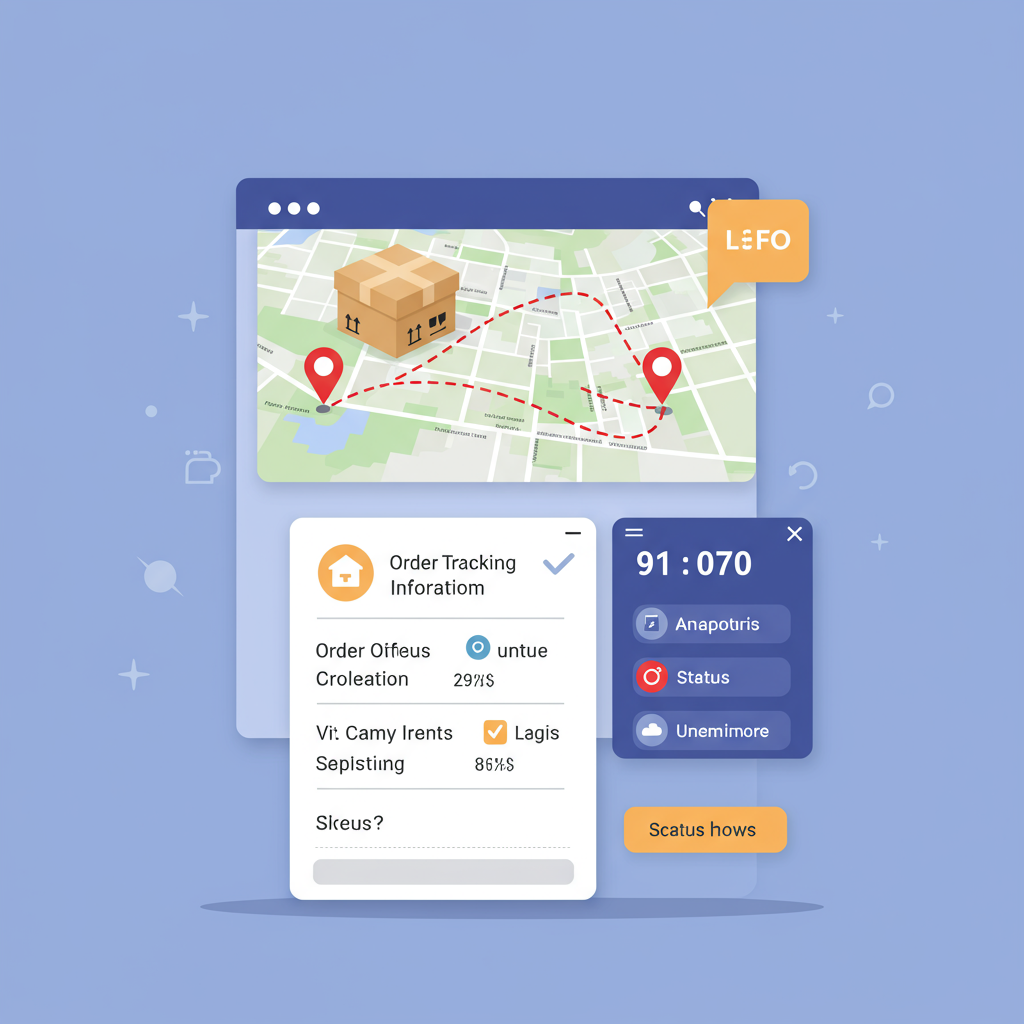Unlock the power of transparent delivery updates and elevate customer satisfaction for your Shopify store.
As a Shopify merchant, I understand that getting an order out the door is only half the battle. The period between purchase and delivery is crucial, and it’s where many businesses either shine or falter in customer satisfaction.
In today’s e-commerce landscape, customers expect transparency. They want to know exactly where their package is, when it will arrive, and if there are any unexpected delays.
This isn’t just a ‘nice-to-have’ feature; it’s a fundamental expectation. Providing robust order tracking isn’t merely about convenience; it’s about building trust and reducing post-purchase anxiety.
When customers feel informed, their confidence in your brand grows. This leads to fewer ‘Where Is My Order?’ (WISMO) inquiries, which, let’s be honest, can be a significant drain on your customer service resources.
My goal with this guide is to walk you through the ins and outs of integrating effective order tracking for your Shopify store, ensuring you can provide that seamless, transparent experience your customers crave.
First, let’s consider the benefits. For your customers, it means peace of mind. They can plan their day around deliveries, or simply enjoy the anticipation without constant worry.
For you, the merchant, the advantages are equally compelling. Reduced WISMO calls free up your support team to handle more complex issues, improving operational efficiency.
It also enhances brand loyalty. A positive post-purchase experience, including clear communication about shipping, reinforces the customer’s decision to buy from you again.
Furthermore, effective tracking can even turn potential issues into opportunities. If a delay occurs, proactive communication through your tracking system can mitigate frustration and demonstrate your commitment to service.
Shopify does offer some built-in tracking capabilities. When you fulfill an order and add a tracking number, Shopify automatically generates a link that customers can use to check their order status.
This basic functionality is a good starting point, and it integrates directly with many major carriers. However, I’ve found that it often lacks the customization and advanced features that truly elevate the customer experience.
For instance, the native tracking page is quite generic. It doesn’t carry your brand’s look and feel, which means a missed opportunity to reinforce your identity during a critical customer touchpoint.
Also, the notification system can be somewhat limited. While customers receive basic shipping updates, you might want more control over the timing, content, and branding of these messages.
This is where third-party order tracking solutions come into play. These apps and services are designed to supercharge your tracking capabilities, offering a much richer and more branded experience.
They typically integrate seamlessly with your Shopify store, pulling in order data and pushing out tracking information to your customers.
When I look for a third-party tracking solution, I prioritize several key features. The first is a branded tracking page.
This means a dedicated page on your website (or a custom URL) where customers can track their orders, complete with your logo, colors, and even promotional messages.
Another crucial feature is multi-carrier support. If you ship with various carriers, you need a solution that can automatically detect the carrier and provide unified tracking information, regardless of who’s delivering the package.
Automated, customizable notifications are also vital. I want to be able to send branded email or SMS updates at key stages: ‘In Transit,’ ‘Out for Delivery,’ ‘Delivered,’ or even ‘Exception’ (e.g., delay).
Analytics and insights are incredibly valuable too. Understanding delivery performance, common issues, and transit times can help you optimize your shipping strategies and identify areas for improvement.
Some advanced solutions even offer features like estimated delivery dates, delivery exception management, and the ability to collect customer feedback directly on the tracking page.
So, how do you go about integrating one of these solutions? The process is generally straightforward, especially with apps available on the Shopify App Store.
My first step is always to research. Look at reviews, compare features, and consider your budget. Many apps offer free trials, which I highly recommend utilizing to test their functionality.
Once you’ve chosen an app, installation is usually a one-click process from the Shopify App Store. The app will request necessary permissions to access your order data.
Next comes configuration. This is where you’ll connect your shipping carriers, customize your branded tracking page, set up notification triggers, and personalize the message templates.
I always advise sending a few test orders through your system to ensure everything is working as expected. Track them yourself, receive the notifications, and check the branded page.
What do you think about the importance of a branded tracking experience for customer retention?
Beyond the technical setup, there are best practices I follow to maximize the impact of order tracking. Always communicate clearly with your customers about how they can track their orders.
Include the tracking link in your order confirmation emails and fulfillment notifications. Make it easy for them to find.
Set realistic expectations. While tracking provides transparency, it’s also important to manage delivery expectations, especially during peak seasons or for international shipments.
Leverage the data. Use the insights from your tracking solution to identify common delivery issues or areas where you can improve your shipping processes.
Finally, be proactive. If you see a delivery exception or a significant delay, consider reaching out to the customer before they even contact you. This level of service truly sets you apart.
Integrating a robust order tracking solution for your Shopify store is more than just a logistical upgrade; it’s a strategic investment in customer satisfaction and brand loyalty.
By providing transparency and peace of mind, you transform the post-purchase journey from a potential point of anxiety into an opportunity to delight your customers.
I firmly believe that a well-implemented tracking system is a cornerstone of a successful e-commerce business in today’s competitive market. It’s about building relationships, one tracked package at a time.






